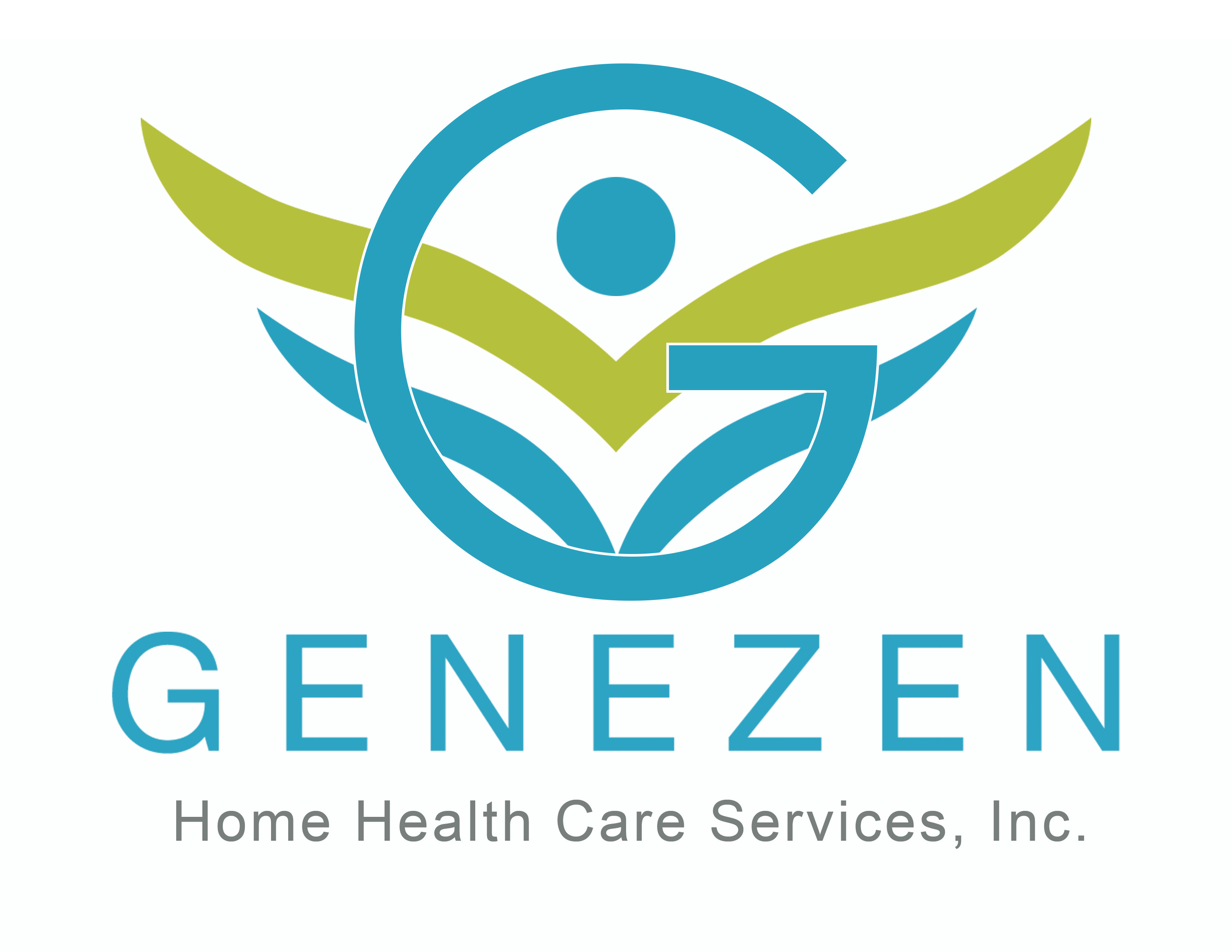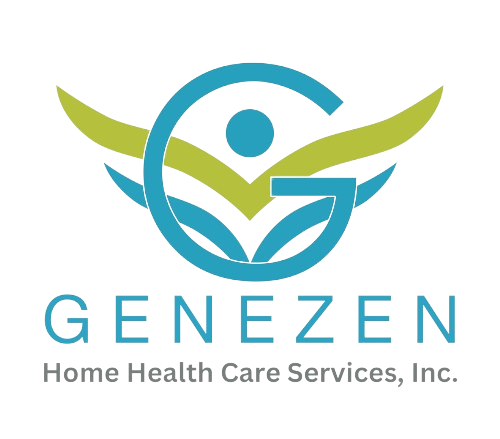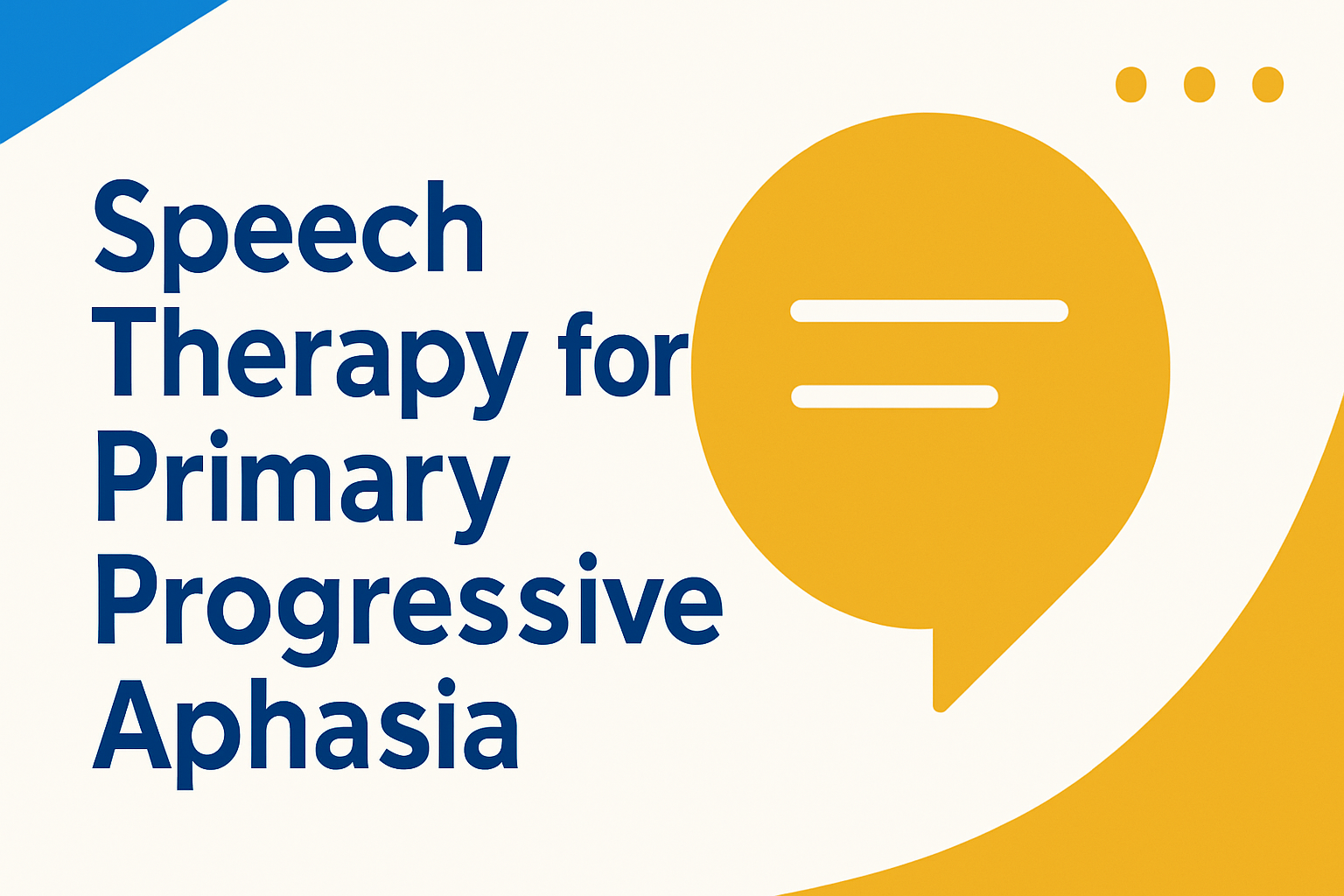When words slowly slip away, it can feel like you’re losing more than just speech—you’re losing connection. That’s the difficult reality of Primary Progressive Aphasia (PPA), a rare neurological condition that gradually impairs a person’s ability to communicate. But here’s the hopeful truth: while PPA is progressive, communication is never out of reach. With the help of speech therapy for primary progressive aphasia, adaptive tools, and compassionate support, communication can still find a way.
This guide explores how speech therapy empowers individuals with PPA to preserve their voice, maintain meaningful relationships, and continue expressing themselves, even as their condition evolves. Whether you’re a patient, a caregiver, or someone newly diagnosed, this blog is your roadmap to keeping the conversation alive.
Understanding Primary Progressive Aphasia (PPA)
Primary Progressive Aphasia is a type of frontotemporal dementia (FTD) that specifically targets the brain’s language centers. Unlike typical aphasia, which is usually caused by stroke or injury, PPA develops gradually and worsens over time.
There are three main types of PPA:
- Nonfluent/Agrammatic Variant: Speech becomes effortful and grammar deteriorates. People may speak in short, fragmented sentences.
- Semantic Variant: The ability to understand or recall the meaning of words is affected. A person might forget what a “toaster” is even if they can describe its function.
- Logopenic Variant: Word retrieval and repetition become challenging. Speech is fluent but often filled with pauses.
PPA can begin subtly—a missed word here, a struggle to follow conversations—but over time, it deeply affects daily interactions, independence, and quality of life.
Why Early Speech Therapy Matters

Early diagnosis and speech therapy intervention can make a significant difference in how individuals with PPA manage their condition. Speech therapy doesn’t cure PPA, but it can help individuals:
- Maintain language skills for longer
- Learn effective communication strategies
- Build emotional resilience in the face of speech decline
- Develop a communication plan with caregivers and loved ones
The earlier speech therapy begins, the more it can preserve existing abilities and lay the groundwork for alternative communication methods. Building a trusting relationship with a speech-language pathologist (SLP) early on also leads to more consistent, long-term care.
Goals of Speech Therapy for Primary Progressive Aphasia
Speech therapy for PPA is not a one-size-fits-all approach. Instead, it’s highly personalized based on the type of PPA and the individual’s specific needs. The core goals include:
- Preserving Current Language Abilities: Targeting areas of strength through structured practice and cognitive-linguistic exercises.
- Teaching Compensatory Techniques: Introducing visual aids, cue cards, gestures, and simplified language strategies.
- Introducing AAC (Augmentative and Alternative Communication): Including communication boards, speech apps, or voice-generating devices.
- Enhancing Communication Between Patient and Caregiver: Encouraging predictable routines, emotional check-ins, and simplified cues.
- Reducing Frustration: Helping individuals express needs and emotions in different ways to reduce anxiety and social withdrawal.
Techniques and Strategies Used in Speech Therapy for Primary Progressive Aphasia

Speech-language pathologists use a variety of methods tailored to each person’s symptoms and progression. Here’s what you might expect:
1. Restorative Approaches
- Focused on maintaining and strengthening existing speech and language skills.
- Practice includes naming objects, repeating phrases, and structured word-finding drills.
2. Compensatory Techniques
- Use of alternative ways to communicate when speech is limited.
- Examples include:
- Gesture use
- Picture boards
- Writing and drawing
- Visual cue cards
3. AAC Tools
- Speech-generating devices (SGDs) and mobile apps like:
- Proloquo2Go
- Lingraphica
- TalkPath
- Low-tech options include personalized notebooks or laminated cards.
4. Caregiver and Family Training
- Teaching loved ones how to:
- Speak slowly and clearly
- Use yes/no questions
- Provide visual support
- Encourage rather than correct
5. Emotional and Social Support
- Role-playing social scenarios
- Identifying alternative ways to stay connected, such as shared hobbies or music therapy
- Stress reduction techniques like deep breathing or mindfulness
Technology and Tools That Support Communication

Technology offers valuable tools that extend the benefits of therapy into everyday life. Tools include:
- Speech apps for tablets and smartphones
- Wearable communication aids
- Environmental control systems that allow voice or symbol-based commands
- Smart home tools integrated with communication devices
Many of these tools allow users to pre-record important phrases or select from pre-set icons to express their needs. As speech becomes more limited, these tools become critical for maintaining autonomy.
Importance of Communication in PPA
In Primary Progressive Aphasia (PPA), communication loss doesn’t just affect speech—it deeply impacts relationships, independence, and emotional health. Preserving the ability to connect through words, gestures, or tools is essential to maintaining dignity, reducing frustration, and supporting daily function. Communication remains a vital part of living well with PPA.
How Communication Can Still Find a Way
- Preserves Identity
Expressing thoughts, needs, and preferences helps maintain a sense of self as verbal abilities decline. - Reduces Frustration and Anxiety
Tools like cue cards, gestures, and AAC devices lower stress and increase clarity. - Supports Daily Function
Communication helps with managing everyday routines, from meals to medication and personal care. - Enhances Relationships
Maintaining a way to connect emotionally and socially prevents isolation and promotes emotional well-being. - Improves Safety
Being able to signal discomfort or confusion ensures better care and quicker response in emergencies. - Empowers Decision-Making
Even with limited speech, individuals can participate in choices through visual aids or simplified systems.
Through therapy, support, and adaptation, communication in PPA evolves—but it doesn’t end. With the right strategies, individuals can continue to express themselves meaningfully and stay connected to those who matter most.
Creating a Communication-Friendly Environment at Home

A supportive home environment can make a huge difference for someone with PPA. Here are a few effective ways to set up your space and routines:
- Reduce background noise during conversations
- Label rooms or objects with pictures and words
- Maintain consistent routines for predictability
- Use calendars, whiteboards, and sticky notes for reminders
- Offer extra time for responses; avoid finishing sentences for them
- Be patient, kind, and observant of nonverbal cues
Creating a positive communication space encourages continued effort and reduces anxiety around speaking.
Realistic Expectations: What Therapy Can and Cannot Do
While speech therapy can offer powerful benefits, it’s important to have realistic expectations:
What It CAN Do:
- Prolong the ability to speak clearly
- Teach alternative communication methods
- Improve daily functioning
- Reduce frustration and isolation
What It CANNOT Do:
- Reverse the progression of PPA
- Restore full language abilities permanently
Still, success in speech therapy isn’t defined by perfect grammar or long conversations. It’s measured by connection—a smile returned, a message understood, a moment shared.
When to Seek Help: Signs You May Need a Speech Therapist
If you or a loved one is showing the following signs, it’s time to consult a speech-language pathologist:
- Word-finding difficulties
- Long pauses in speech
- Difficulty following conversations
- Trouble naming objects or people
- Changes in reading or writing skills
- Frustration, anxiety, or social withdrawal
Early help can delay further decline and make communication more manageable in the long run.
Treatment Options for Primary Progressive Aphasia (PPA)

While there is currently no cure for PPA, there are several treatment approaches that can help manage symptoms, preserve communication, and improve quality of life. A comprehensive treatment plan often includes:
- Speech and Language Therapy
The most essential form of treatment. A speech-language pathologist (SLP) provides tailored strategies to maintain language skills, introduce alternative communication methods, and support functional interaction. - Augmentative and Alternative Communication (AAC)
Tools such as communication boards, apps, or speech-generating devices help individuals express themselves as verbal skills decline. - Occupational Therapy
Helps patients adjust daily routines, improve memory support strategies, and stay engaged in meaningful activities. - Cognitive-Behavioral Support
Techniques to reduce anxiety, depression, and social withdrawal that may arise due to communication difficulties. - Caregiver Education and Support
Training loved ones to use effective communication techniques and support systems is critical for consistent care. - Medication (in select cases)
While no drugs cure PPA, medications for anxiety, depression, or related cognitive symptoms may be helpful.
Early and personalized treatment makes a significant difference. Collaborating with professionals ensures patients and families receive the right tools at the right time.
Conclusion: Communication Finds a Way
A diagnosis of Primary Progressive Aphasia doesn’t have to be the end of communication. It can be the beginning of a new way to connect—through gestures, devices, writing, and the enduring power of presence.
With early intervention, the right speech therapy plan, and a circle of support, people with PPA can continue to share their thoughts, needs, and love. They may use fewer words, but what they say still matters.Genezen Home Health Care is here to walk this journey with you. If you or a loved one are navigating PPA, reach out today. Together, we can help keep communication alive—because connection doesn’t end when words are lost. Hope begins when you find new ways to be heard.


